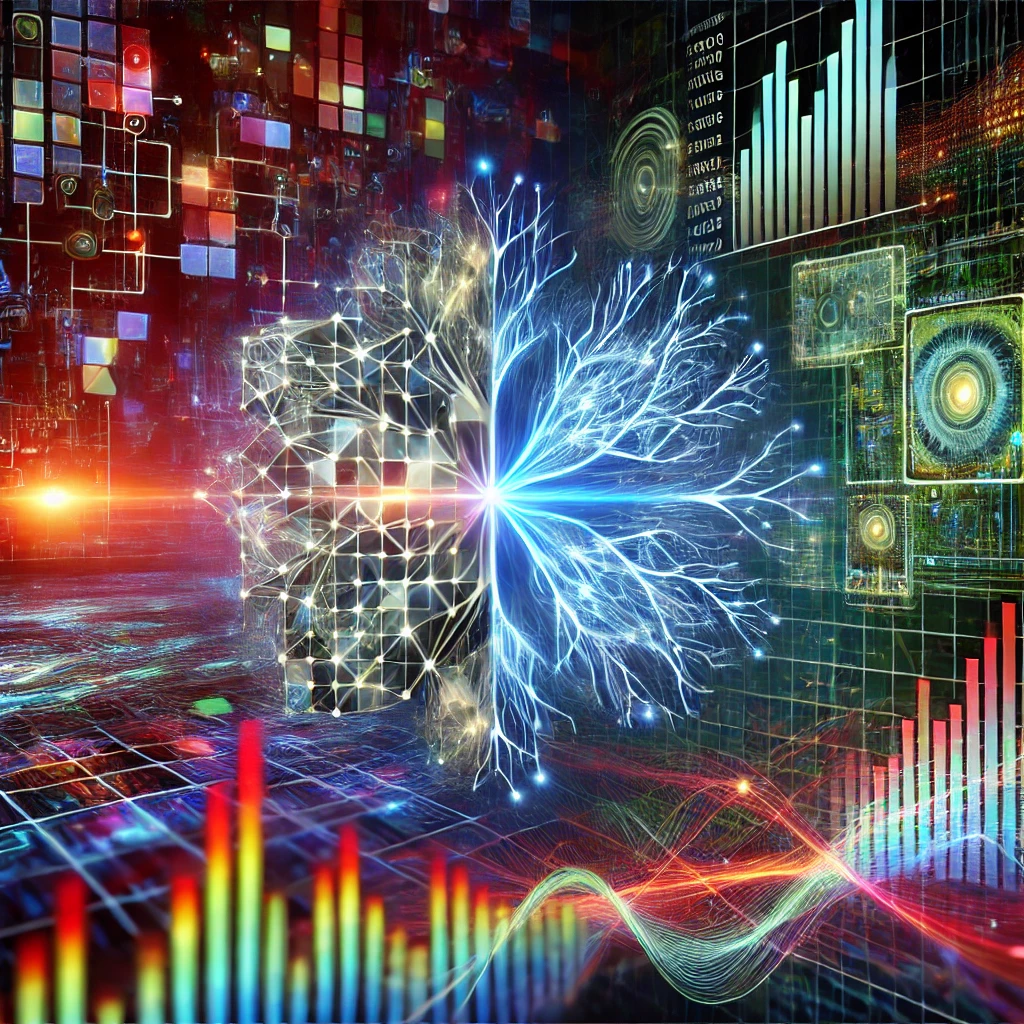Exploring Generative Adversarial Networks (GANs) - The Power of Unsupervised Deep Learning

Generative Adversarial Networks, commonly known as GANs, have revolutionized the field of unsupervised deep learning since their invention by Ian Goodfellow and his colleagues in 2014. Described by Yann LeCun as "the most exciting idea in AI in the last ten years," GANs have made significant strides in various domains, offering innovative solutions to complex problems.
What are GANs?
GANs consist of two neural networks, the generator and the discriminator, which engage in a competitive game. The generator creates synthetic data samples, while the discriminator evaluates whether these samples are real or fake. Over time, the generator improves its ability to produce data that is indistinguishable from real data, effectively learning the target distribution of the training dataset.
How GANs Work
- Generator: This neural network generates fake data by transforming random noise into data samples.
- Discriminator: This neural network evaluates the data samples, distinguishing between real data (from the training set) and fake data (produced by the generator).
The generator aims to fool the discriminator, while the discriminator strives to accurately identify the fake data. This adversarial process continues until the generator produces highly realistic data that the discriminator can no longer distinguish from the real data.
Applications of GANs
While GANs initially gained fame for generating realistic images, their applications have since expanded to various fields, including:
Medical Data Generation
Esteban, Hyland, and Rätsch (2017) applied GANs to the medical domain to generate synthetic time-series data. This approach helps in creating valuable datasets for research and analysis without compromising patient privacy.
Financial Data Simulation
Researchers like Koshiyama, Firoozye, and Treleaven (2019) explored the potential of GANs in generating financial data. GANs can simulate alternative asset price trajectories, aiding in the training of supervised or reinforcement learning algorithms and backtesting trading strategies.
Image and Video Generation
GANs have shown remarkable success in generating high-quality images and videos. Applications include:
- Image Super-Resolution: Enhancing the resolution of images.
- Video Generation: Creating realistic video sequences from images or text descriptions.
- Image Blending: Merging multiple images to create new ones.
- Human Pose Identification: Analyzing and generating human poses in images.
Domain Transfer
CycleGANs, a type of GAN, enable image-to-image translation without the need for paired training data. This technique is used for tasks like converting photographs into paintings or transforming images from one domain to another.
Text-to-Image Generation
Stacked GANs (StackGANs) use text descriptions to generate images that match the provided descriptions. This capability is particularly useful in fields like design and content creation.
Time-Series Data Synthesis
Recurrent GANs (RGANs) and Recurrent Conditional GANs (RCGANs) focus on generating realistic time-series data. These models have potential applications in areas like finance and healthcare, where accurate time-series data is crucial.
Advantages of GANs
GANs offer several benefits, making them a powerful tool in machine learning:
- High-Quality Data Generation: GANs can produce data that closely mimics the real data, which is invaluable in scenarios where acquiring real data is challenging or expensive.
- Unsupervised Learning: GANs do not require labeled data, reducing the cost and effort associated with data labeling.
- Versatility: GANs can be applied to various types of data, including images, videos, and time-series data, demonstrating their flexibility.
Challenges and Future Directions
Despite their success, GANs also present certain challenges:
- Training Instability: The adversarial training process can be unstable, requiring careful tuning of hyperparameters and network architectures.
- Mode Collapse: The generator might produce limited variations of data, failing to capture the diversity of the real data distribution.
- Evaluation Metrics: Assessing the quality of generated data remains an ongoing challenge, with researchers exploring various metrics to address this issue.
Future research aims to address these challenges and further enhance the capabilities of GANs. Advances in architectures, such as Deep Convolutional GANs (DCGANs) and Conditional GANs (cGANs), have already shown promise in improving the stability and quality of generated data.
Conclusion
Generative Adversarial Networks represent a groundbreaking innovation in unsupervised deep learning. From generating realistic images and videos to synthesizing valuable time-series data, GANs have opened new avenues for research and applications across diverse fields. As researchers continue to refine and expand upon this technology, GANs are poised to remain at the forefront of AI advancements, offering exciting possibilities for the future.